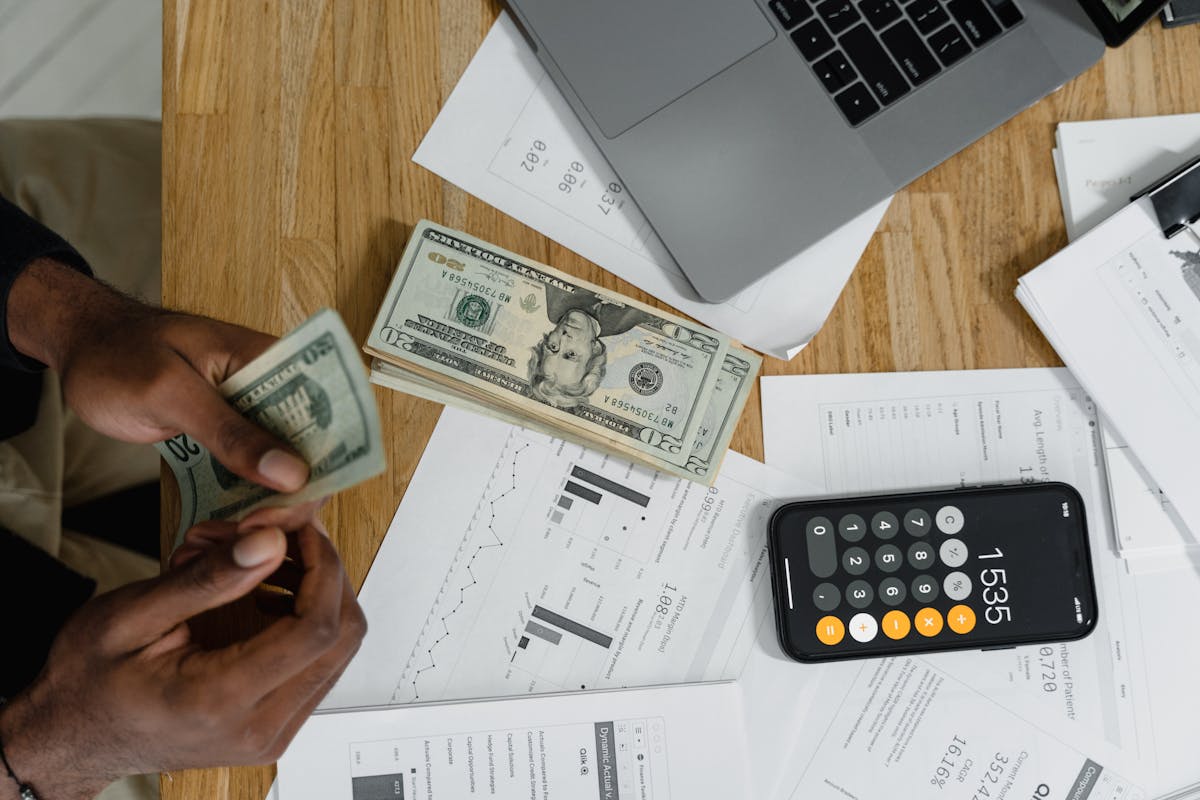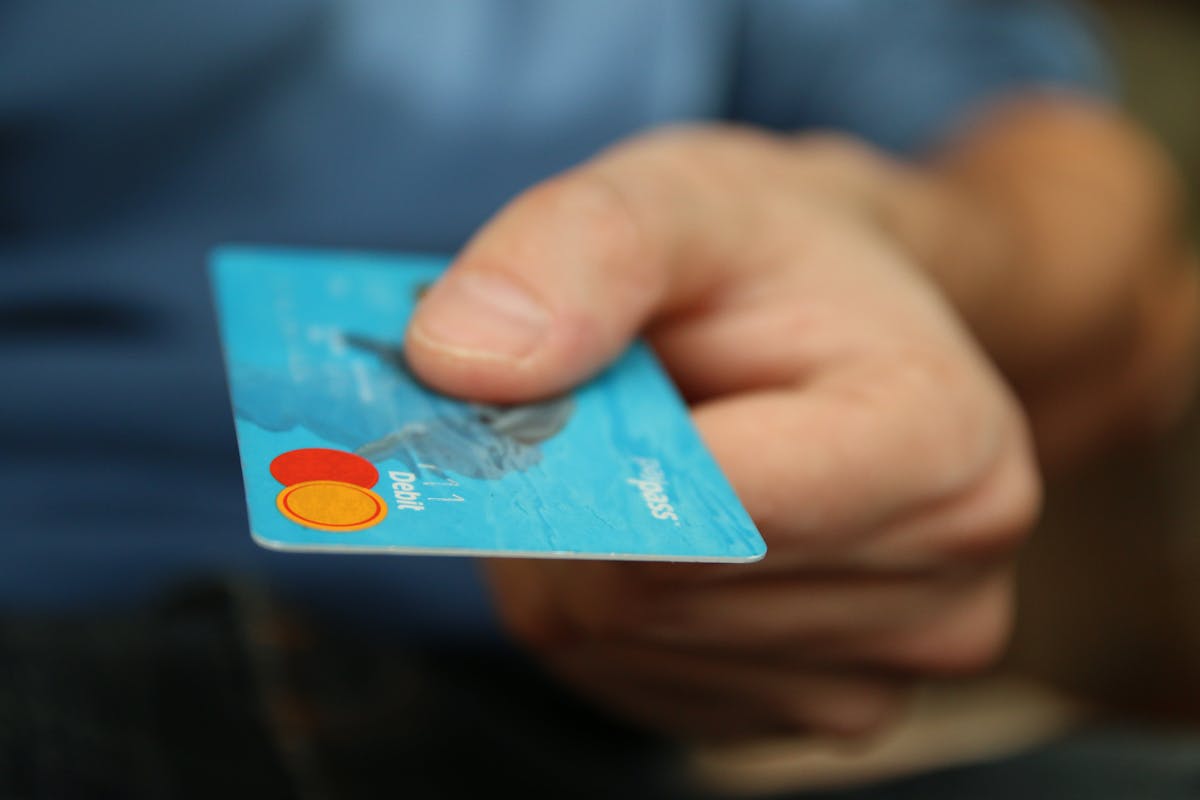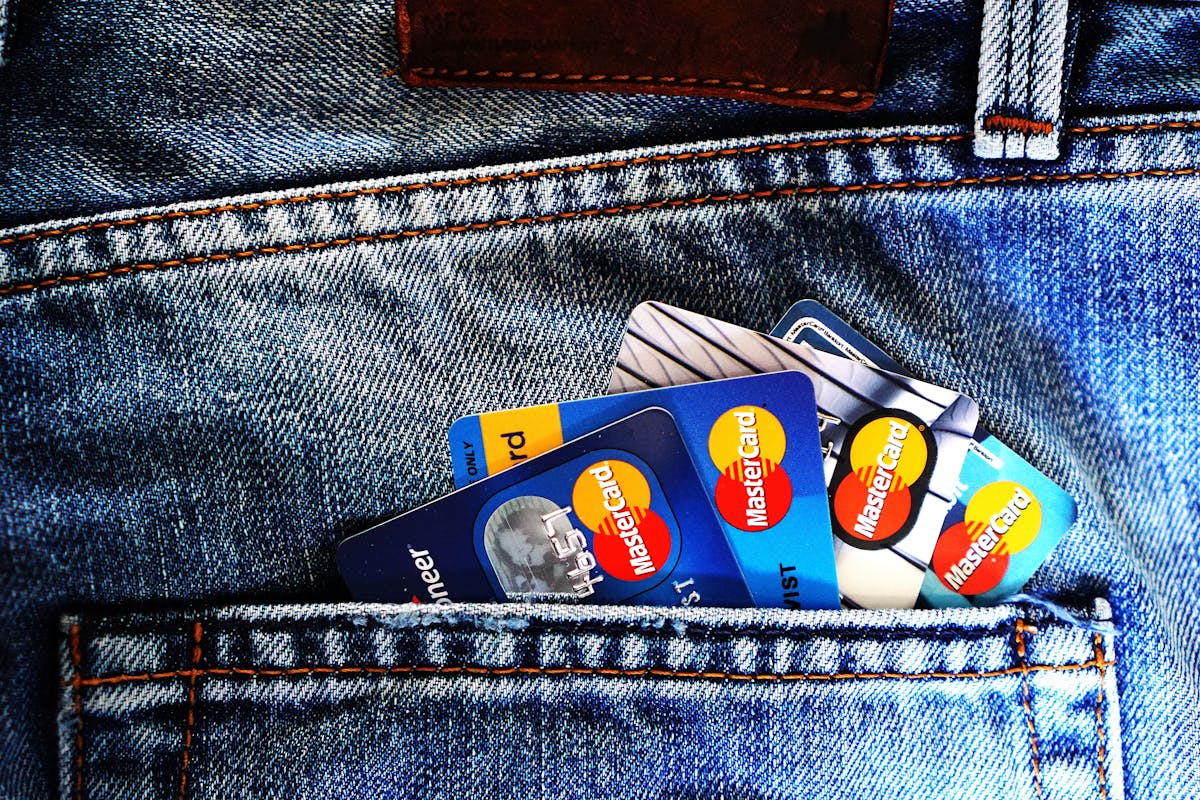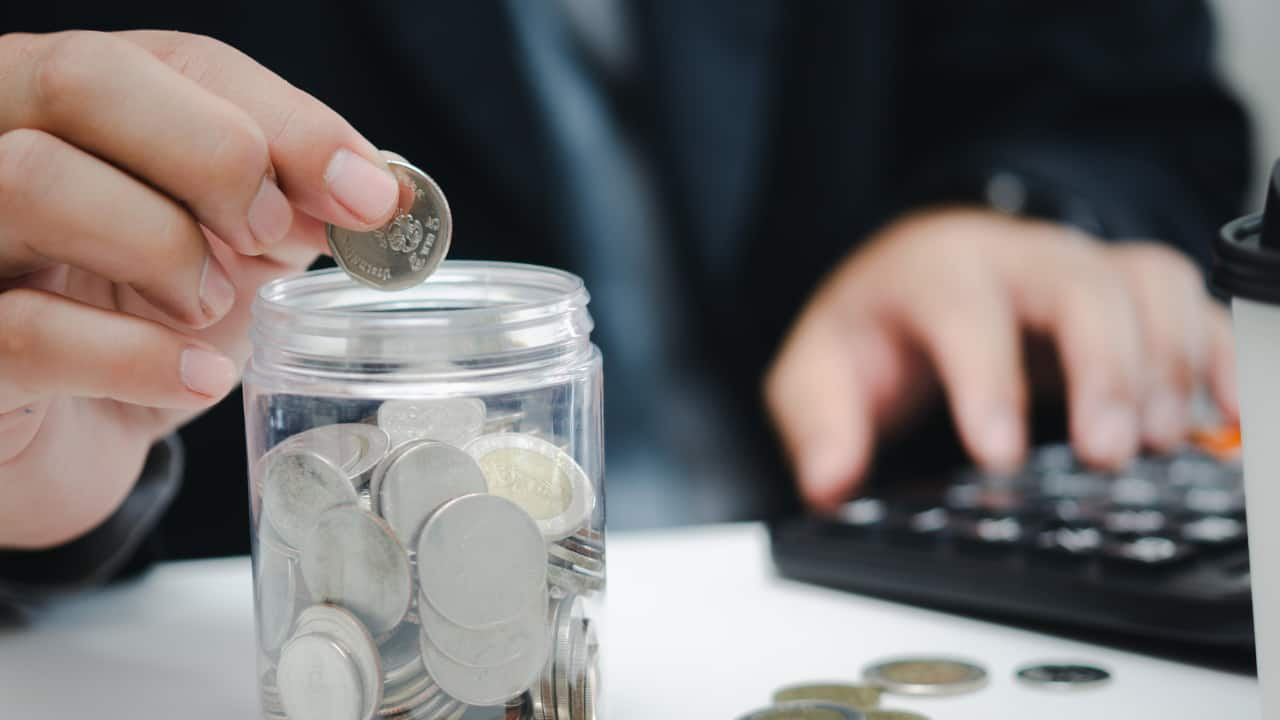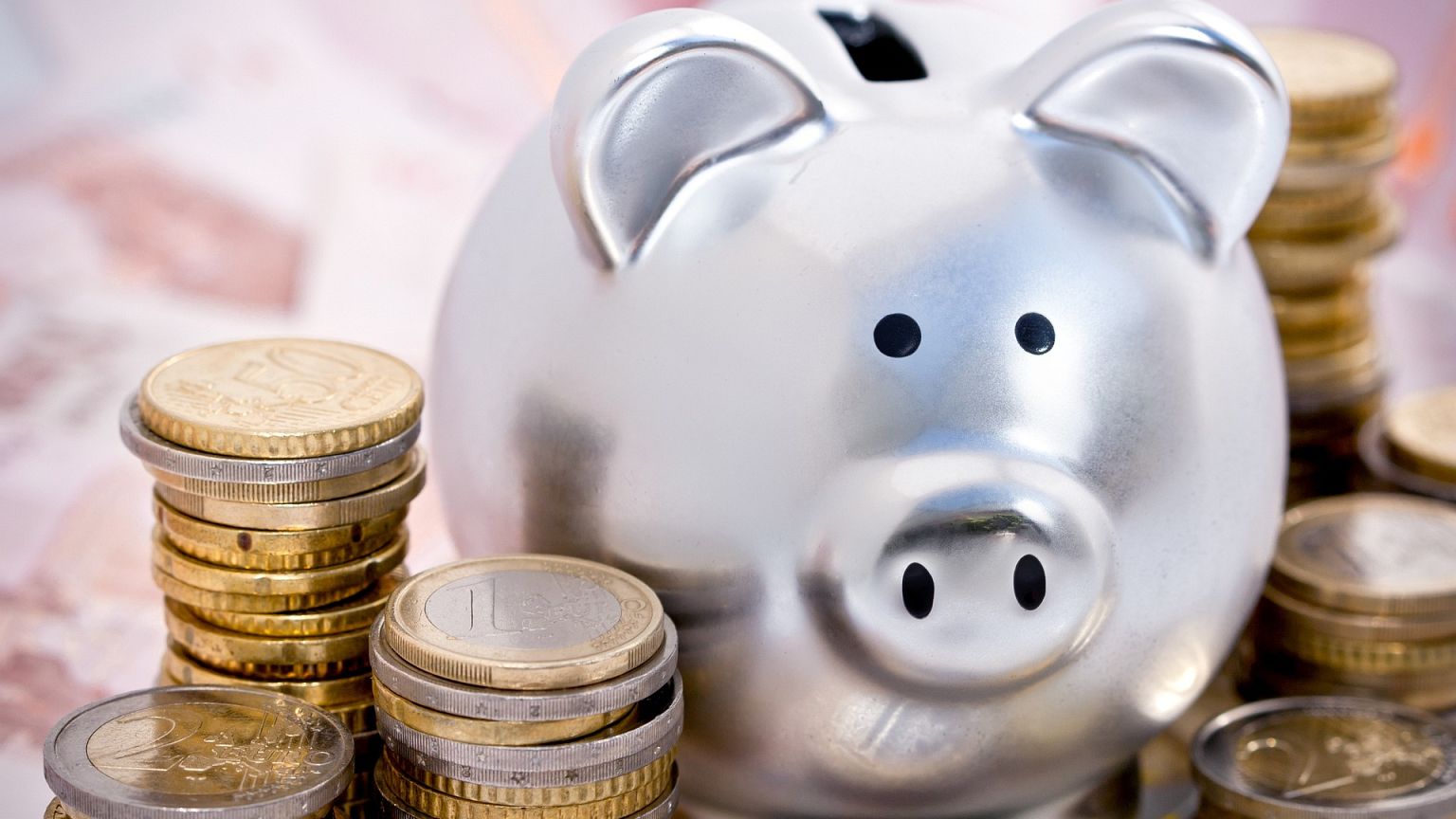The Advantages of Monitoring Your Money
Effective financial management begins with understanding where your money comes from and where it goes. Tracking income and expenses is often viewed as a fundamental practice for individuals, families, and businesses alike. But beyond this foundational status, there are numerous specific benefits—ranging from psychological to practical—that make this habit essential for anyone aiming to achieve financial stability and growth.Improved Financial Insight and ManagementOne of the most significant advantages of tracking income and expenses is increased financial awareness. By recording each source of income and every expense, people gain a granular understanding of their cash flow. This awareness naturally leads to…

